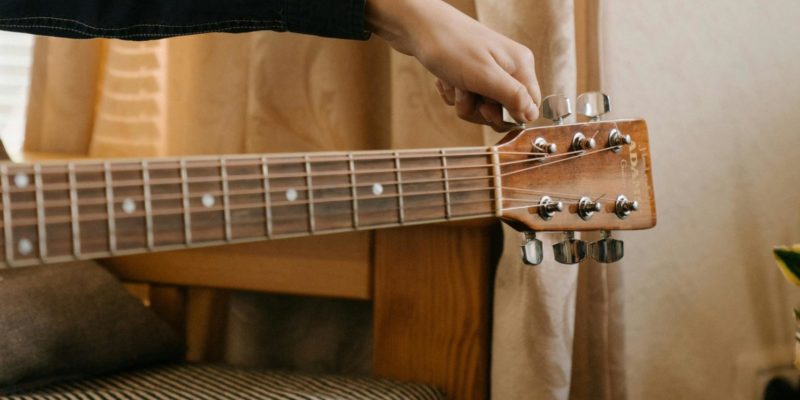Introduction
Replacing the neck of your guitar is one of the most effective ways to change the overall
playability, sound, and even the looks of your instrument. This would seem to be a fairly
simple task, but the availability of numerous choices complicates the matter. This guide will
help to explain the processes and considerations involved in choosing the ideal guitar neck.
Material Matters
The material used in the construction of the neck of a guitar is one of the most important
components that determine the sound and feel of the guitar. Maple is one of the most
popular types of wood due to its brightness and density. On the other hand, mahogany
provides a warmer sound, where the high-pitched frequencies are not as prominent. Exotic
woods like rosewood and ebony also make for distinct choices, each adding a unique timbre
and feel to the music produced.
Shape and Size
The curvature of the guitar neck affects the ease of holding it. The three most common forms
include the “C” shape, the “V” shape, and the “U” shape, which provide various types of
grips. The thickness and width of the guitar neck should also be considered because they
determine playability, especially for the guitarist with small hands. This is why it is important
to try out different sizes and shapes to find out which one is best for you.
Scale Length and Compatibility
When selecting the replacement neck, it is very important to make sure that it will fit the body
of your guitar. The distance between the bridge and the nut, known as scale length, controls
the tension of the strings and the sound produced. To prevent intonation issues, one needs
to ensure that the scale length of the neck corresponds to the size of the guitar.
Truss Rod Adjustment
Another important component of the modern guitar necks is a truss rod, which enables you
to tweak the desired curvature. This feature is crucial for ensuring that the neck remains
stable and easy to manipulate given the climate and string tension. When choosing a neck,
ensure that it has a truss rod that is easy to access and is easily adjustable.
Fretboard Considerations
The fretboard is also a crucial part of a guitar where most of the action takes place and the
choice of the material and design can have a big impact on your playing. Fretboards are
generally cut from the same type of wood as the neck though they can be made from other
types of wood to produce different feels and responses. The number of frets, which is
typically between 21 and 24, also determines how high up the neck one can go.
Installation and Setup
Replacing a guitar’s neck can be a very technical process which might require the help of a
professional especially if the neck requires some fine tuning such as the nut, frets or
alignment. As you plan for your design, do not overlook the possibility of further
modifications, which may mean incurring more expenses and time.
Last Note
Choosing the correct replacement neck for your guitar requires you to consider several
factors. It is crucial to consider material, shape, compatibility, and other features to make the
right decision that will improve the sound quality and, therefore, the musician’s experience.
Photo by cottonbro studio.

